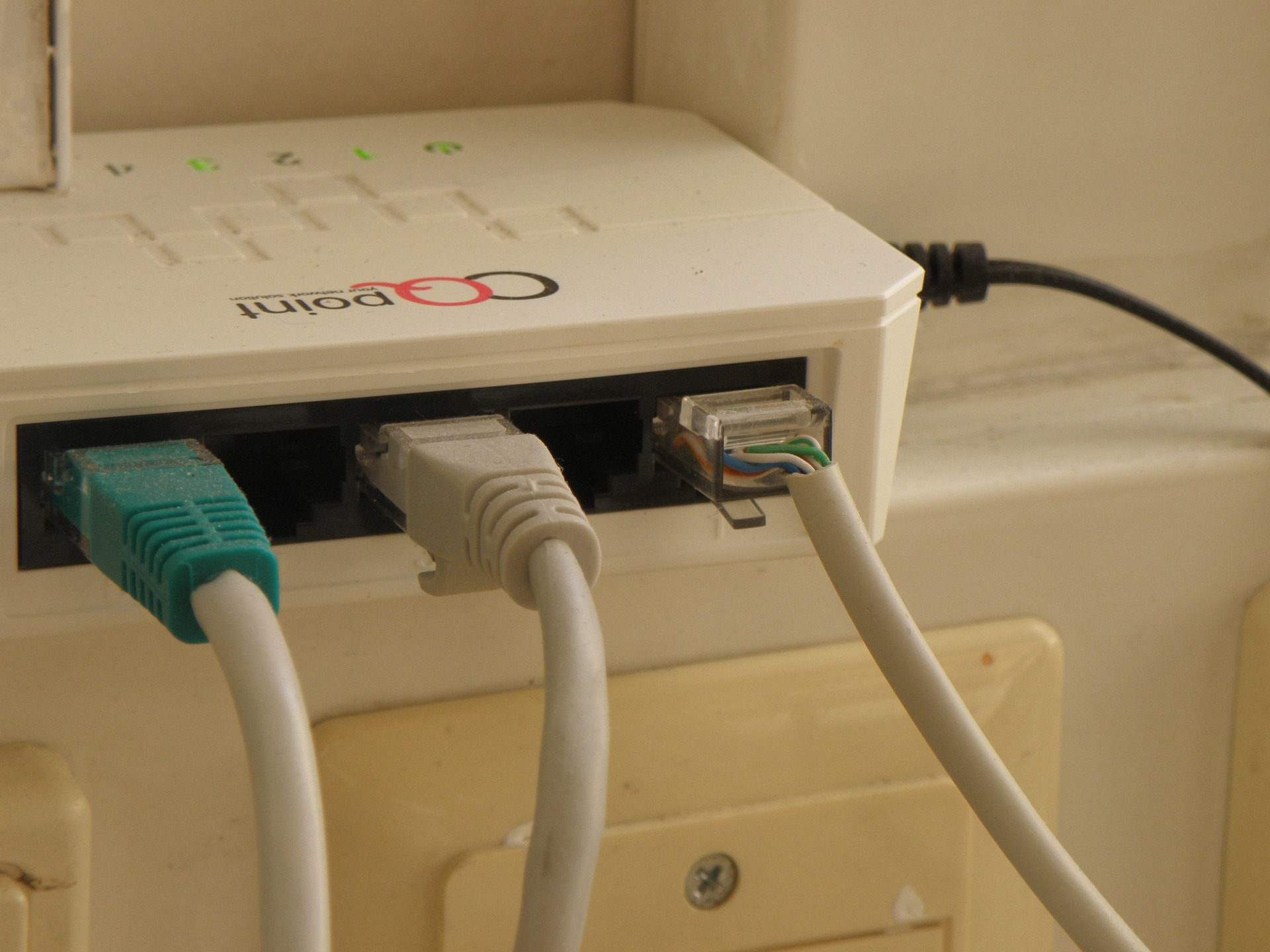Unraveling the Potential of Terahertz Communication
As we navigate the ever-evolving landscape of digital communication, a new frontier is emerging — Terahertz (THz) communication. This technology, which occupies the frequency range between microwaves and infrared light, promises unprecedented advancements in data transmission, promising speeds far beyond those of current networks.

THz Communication: A Backdrop
Terahertz communication is a field of study gaining significant traction in recent years. It is located in the electromagnetic spectrum between microwaves and infrared radiation — frequencies between 0.1 THz to 10 THz. Historically, this frequency range remained largely unexplored due to technological limitations. However, the surge in demand for high-speed, high-capacity data transmission led to the exploration of this ‘terahertz gap.’ Recent advancements in semiconductor technology, nanotechnology, and quantum mechanics have enabled us to tap into this previously inaccessible region.
The Promises of Terahertz Communication
Terahertz communication holds the potential to revolutionize data transmission. With speeds reaching 100 gigabits per second, it could make the data transmission rates of current networks appear sluggish in comparison. Additionally, it could enable new applications in imaging, sensing, and wireless data communication, potentially revolutionizing sectors like healthcare, security, and telecommunications.
The Power of the Unseen: THz and its Applications
While the implications of THz communication for data transmission are profound, its potential extends far beyond this. For instance, THz waves can penetrate various non-conducting materials, making it a promising tool for non-destructive testing in industries like pharmaceuticals, packaging, and construction. Moreover, THz waves have unique interaction characteristics with several biological molecules, making it a potential tool for advanced medical diagnostics.
Challenges in Implementing THz Communication
Despite its potential, there are significant challenges in harnessing THz communication. For instance, THz waves are highly susceptible to atmospheric attenuation, limiting their range. Additionally, the technology required to generate, manipulate, and detect THz waves is still in nascent stages. Overcoming these challenges necessitates continual advancements in device technology and materials science.
Looking Forward: The Path to a THz Future
While the journey to fully functional THz communication may be a challenging one, the potential rewards are immense. As we continue to push the boundaries of our technological capabilities, we inch closer to a world where terahertz communication could become a reality. This would not only revolutionize data transmission but could potentially unlock a myriad of applications across various sectors, marking a new chapter in the story of human technological advancement.
Terahertz communication represents the next frontier in our relentless pursuit of faster, more efficient ways to exchange information. As we unravel the full potential of this technology, we may well be on the brink of a communication revolution that could redefine the way we live, work, and interact.






